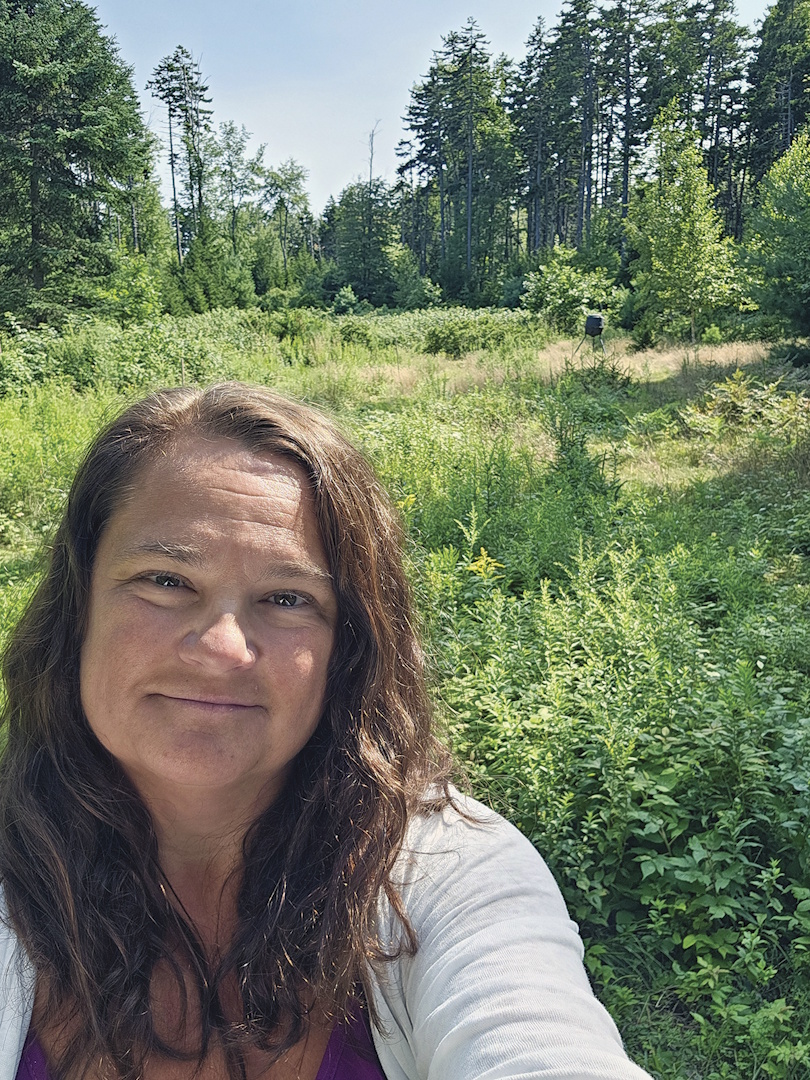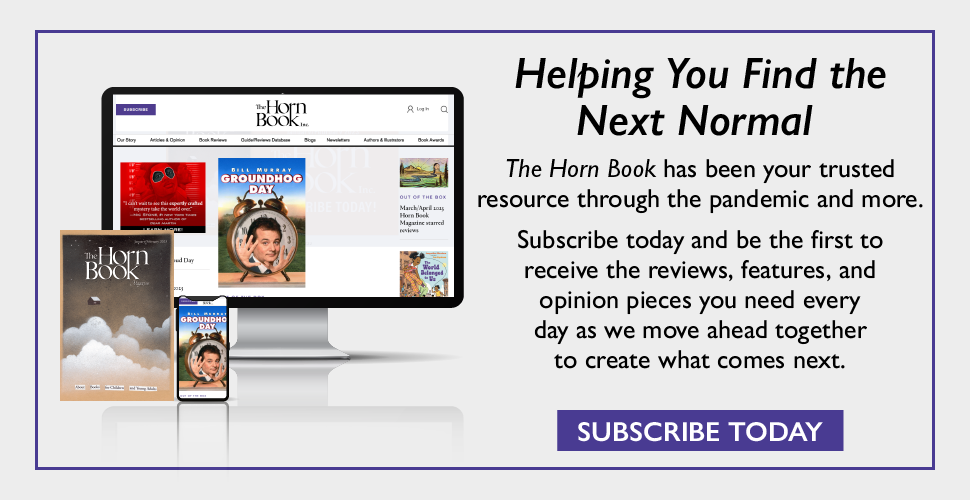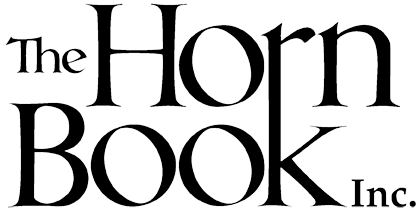A Publisher's Perspective: A Two-Brained Intersection: Creativity, Commerce, and Publishing Today
When I joined the editorial team at Charlesbridge Publishing in Watertown, Massachusetts, in 2012 as an editorial assistant, I was still a full-time graduate student at the Center for the Study of Children’s Literature at Simmons College (now University).
When I joined the editorial team at Charlesbridge Publishing in Watertown, Massachusetts, in 2012 as an editorial assistant, I was still a full-time graduate student at the Center for the Study of Children’s Literature at Simmons College (now University). I had returned to school after working fifteen years in higher education and the nonprofit sector. At the midpoint of my master’s program, Yolanda Scott (then Charlesbridge’s editorial director, now its publisher) brought me on board. I began developing my tastes while aligning them with the company’s overall mission. In that first year, I struggled with the juxtaposition of assessing books as literature in my graduate courses versus assessing them in terms of sales potential at work.
One version of my brain wrote papers about how a book could be seen through a specific critical lens or how it constructed a perception of childhood. My brain’s other version asked about the market for a manuscript or what an author meant or how a child might enjoy reading the eventual book. Trying to get the two halves to jibe took more energy than I realized at the time.
| Illustration: Whitney Leader-Picone. |
When I graduated, my colleagues concocted a visual depiction of the conundrum I’d faced: “Karen’s Brain at Simmons / Karen’s Brain at Charlesbridge.” It helped remind me to use both brains as I began acquiring manuscripts, assessed more and more submissions, and helped get finished books out to kids. I thought a lot about how these two seemingly oppositional sides could (and should) work together.
When I teach workshops and classes, I often bring up the odd place where book creators reside: the intersection where creativity and commerce meet. It’s a challenging space. Authors and illustrators rely on their instincts and desires and creative juices to write and illustrate well-conceived stories. At the same time, creators should keep the market in mind — what’s selling and why and to whom. They have to remember that creating for kids means the main audience often doesn’t choose material for themselves, but instead gatekeepers (parents, teachers, librarians, and other adults) do that for them.
Meanwhile, let’s not forget that American commerce is constantly morphing. Twenty years ago, nobody knew that e-books would be what they are today. Working digitally was a slow roll — until the pandemic forced our hand. And American culture tends to be fickle. What was all the rage recently may be of no interest next year, even as it takes two to three years to produce a picture book. It’s a lot to think about and keep track of.
As an editor, I, too, spend most of my time at that same intersection. Creativity is imperative in order to have vision for how a manuscript can be shaped and to be able to see how sentences in a Word document will bloom into a gorgeous picture book with page-turns that delight and a story arc that satisfies. It’s not enough to say to my acquisition board, “This is creative and unique! It’s well written! Let’s do it!” We editors have to point to competitive titles, estimate how well we think any given book might sell, make a P&L (profit/loss) sheet, and explain why we think the sales team can successfully position the book and it will make money.
As I celebrate a baker’s dozen years as an editor at a small, independent house that values diversity and produces quality, fact-checked, engaging nonfiction and fiction stories for kids, I love the fact that my brain still stumbles sometimes. It means that I’ve not let go of the academic way of looking at books for kids as literature, to be viewed through multiple lenses and analyzed. It also means that I’ve embraced the necessity to figure out which books will make a mark and leap off shelves.
Standing at the intersection of creativity and commerce is challenging, yes, but it is also invigorating.
Charlesbridge is a small house with lots of room for dexterity and working closely with authors, and that makes the intersection a place to meet and discuss projects, to problem-solve together, and to address whatever novel situation might arise.
Whenever I mention the creativity/commerce intersection to creators, I do it as a way to encourage them to keep writing, to keep making art, to keep on keeping on in the journey of making books for kids. Sometimes the harder something is, the more wonderful the outcome feels.
From the May/June 2025 special issue of The Horn Book Magazine: Perception and Reality.
 Single copies of this special issue are available for $15.00 including postage and may be ordered from:
Single copies of this special issue are available for $15.00 including postage and may be ordered from:
Horn Book Magazine Customer Service
magazinesupport@mediasourceinc.com
Full subscription information is here.

RELATED
ALREADY A SUBSCRIBER? LOG IN
We are currently offering this content for free. Sign up now to activate your personal profile, where you can save articles for future viewing.







Add Comment :-
Be the first reader to comment.
Comment Policy:
Comment should not be empty !!!